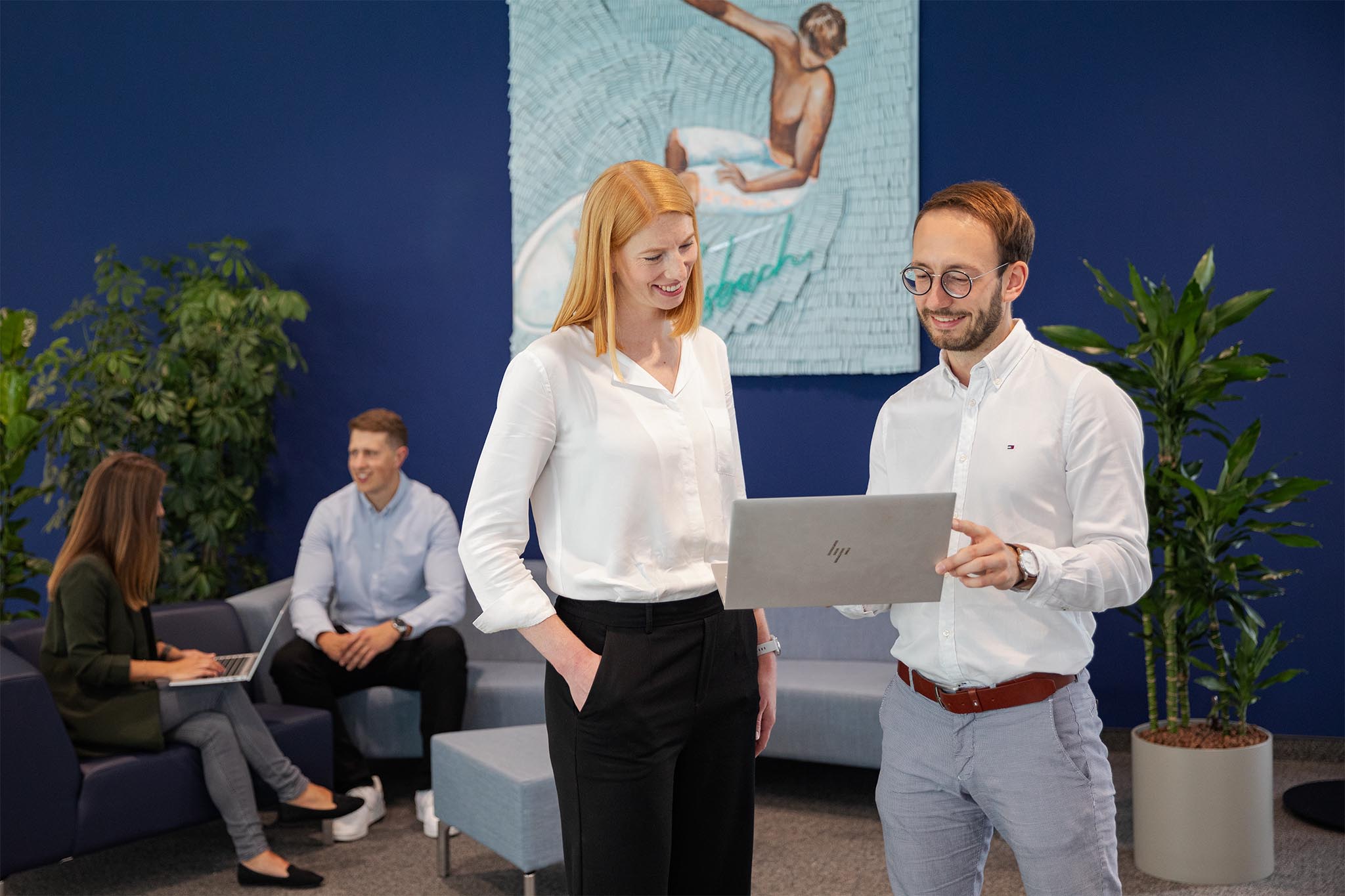Innovative by
tradition

For more than 120 years, Webasto has been convincing with technologies, products and applications - first for home and field, then for bicycles, and since the 1930s for motorized vehicles of all kinds. Since 2015, the company has also been offering high-performance solutions for electromobility. - Step into the exciting history of an internationally successful automotive supplier.
More about Webasto
- The Group / Responsibility
- Supplier Management



























































